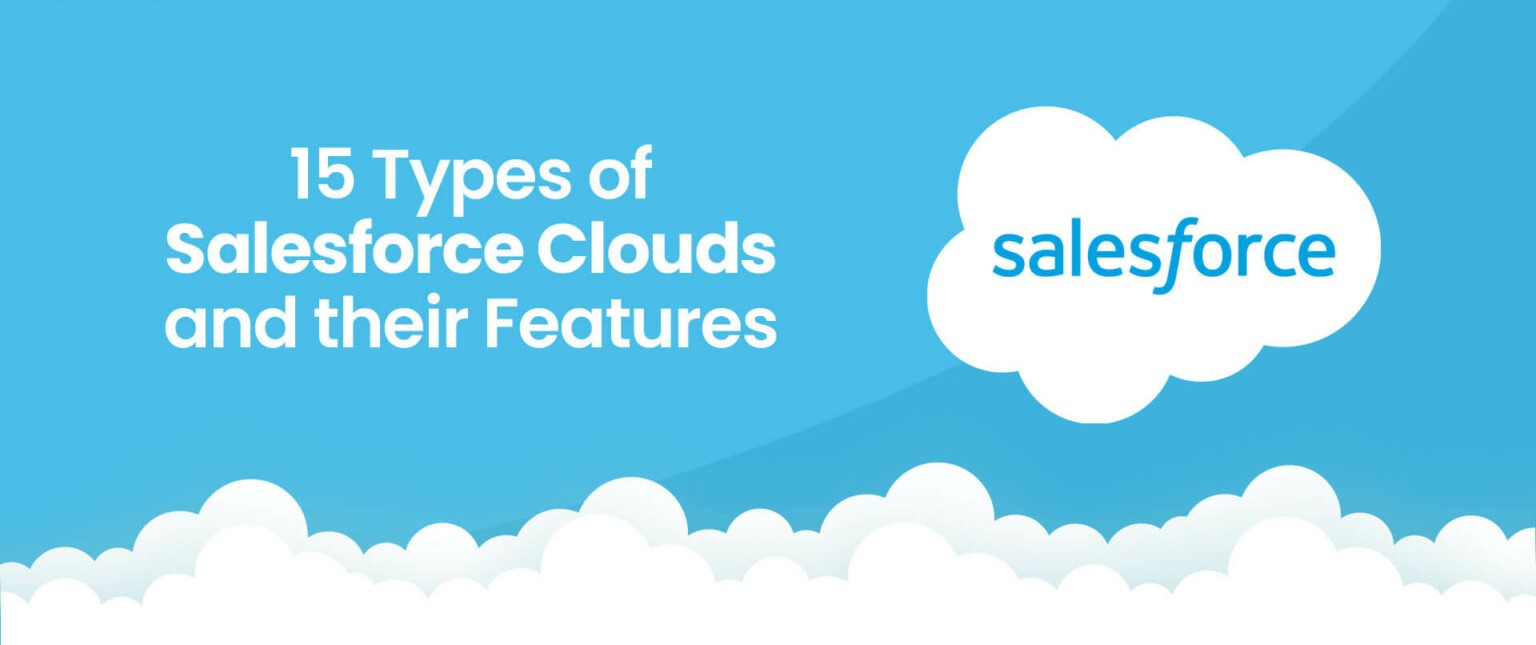If you are ever asked what tools you have used with Salesforce.
Okta – For multifactor authentication
Dataloader.io – For data migration; import, export of data
Workbench – For data migration, updates, import and export
Rally – For Gathering requirements, project management, incident management
Jira – For testing, project management, gathering requirements and ticket management
ServiceNow – For ticket/incident management
ServiceDesk – For ticket/incident management
Gearset – For deployment
Jenkins – For Deployment
Slack – For chatter or messaging within team
Outlook – For tasks/activities/email syncing
Confluence – For Knowledge base management, and documentation
MS Teams – For collaboration
My preferred methodology for work is an environment where decisions are made based on the principles and values that the entire team has decided to follow. Some other tools include:
o 1. DocuSign (for e-signatures),
o 2. HelloSign (for e-signatures)
o 4. SalesWings (For lead scoring)
o 5. Clearbit (For Prospect Data and management)
o Please refer to this link: https://www.cirrusinsight.com/blog/the-top-ten-salesforce-tools-for-salesforce-pros

